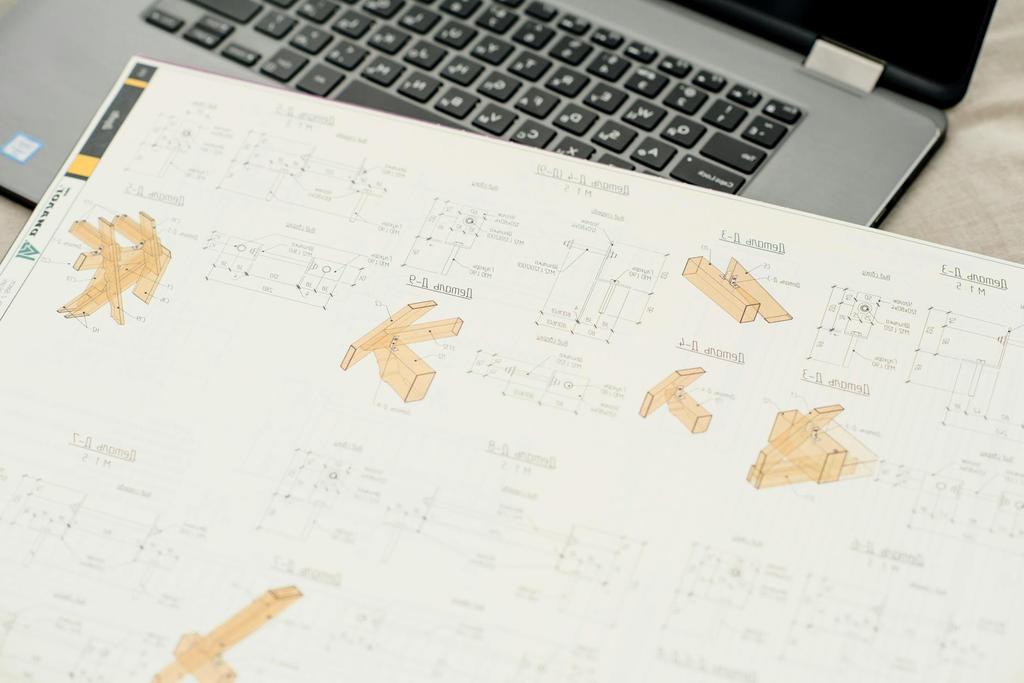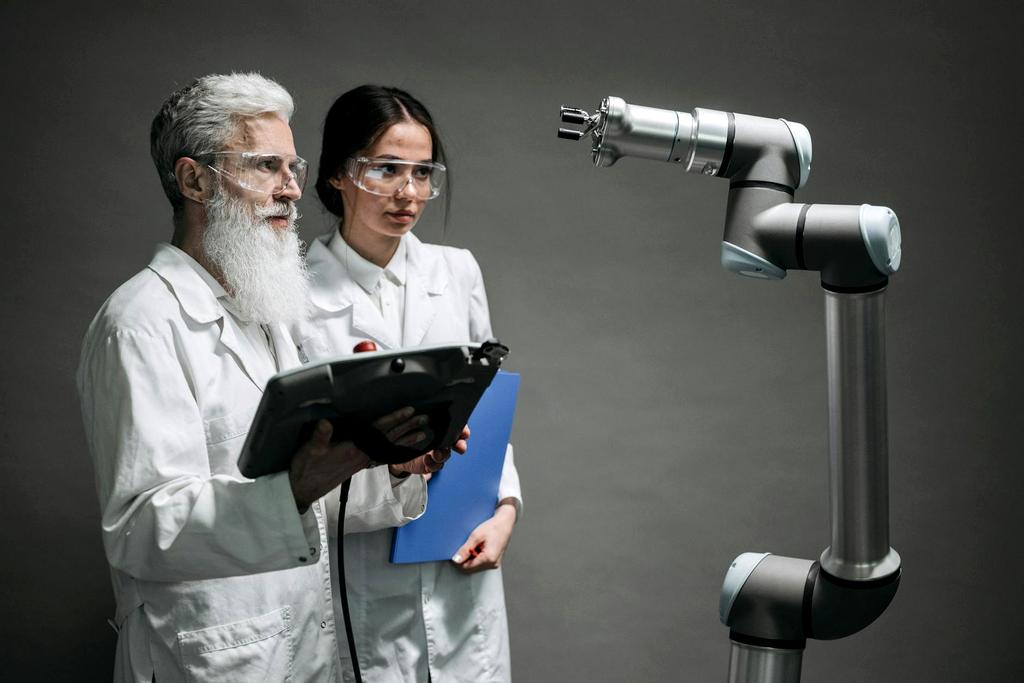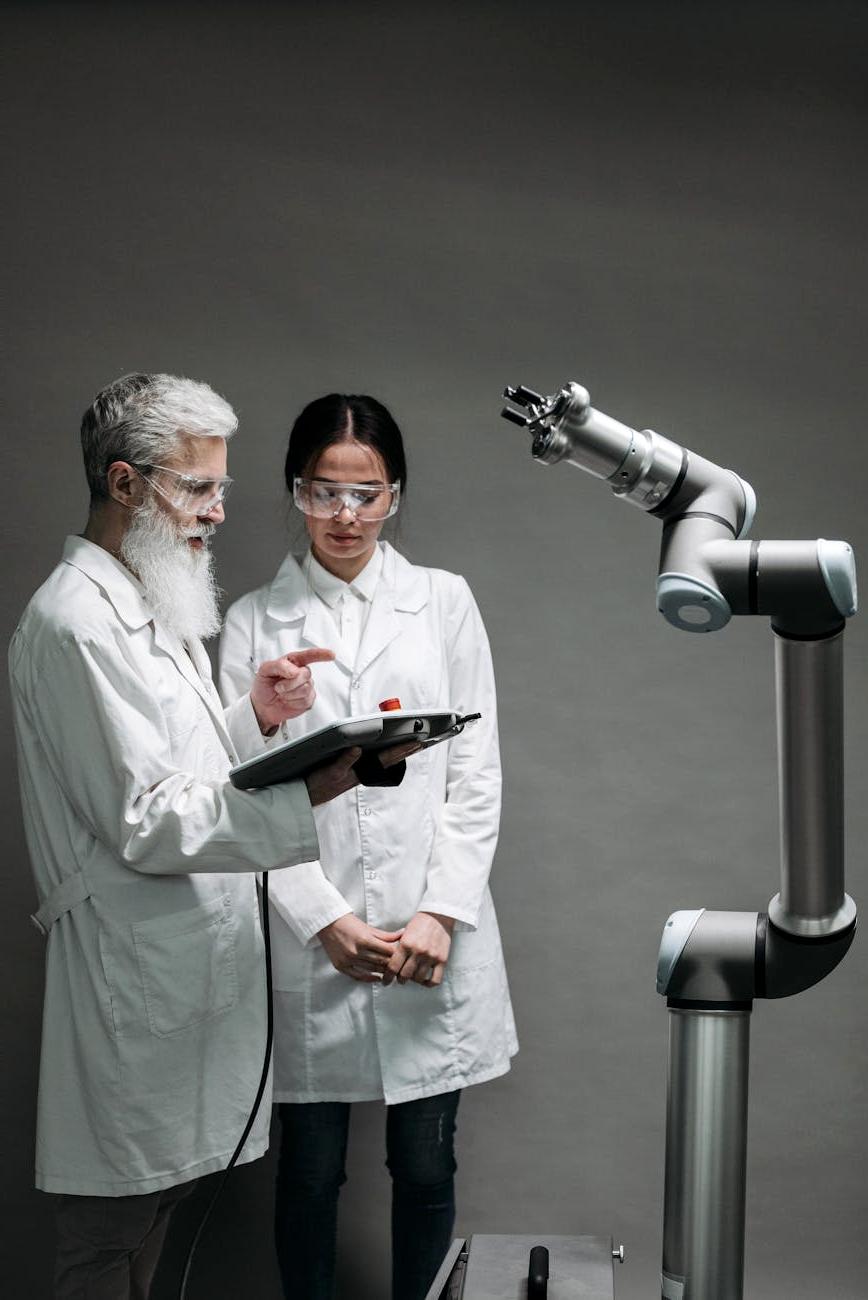
The Evolution of Computer Architecture
From vacuum tubes to quantum computing - a journey through technological revolutions
Explore the Timeline
From vacuum tubes to quantum computing - a journey through technological revolutions
Explore the TimelineVacuum Tubes Era

The first generation of computers used vacuum tubes for circuitry and magnetic drums for memory. These machines were enormous, taking up entire rooms, and consumed vast amounts of electricity. They generated a lot of heat, which often caused reliability issues.
Transistor Era

Transistors replaced vacuum tubes, dramatically reducing the size and power consumption of computers. These machines were more reliable and cheaper to operate. The CDC 6600 was the world's first supercomputer, introducing the concept of instruction pipelining.
Integrated Circuit Era

The development of integrated circuits (ICs) allowed manufacturers to fit hundreds of components onto a single silicon chip. This led to the first microprocessors, with Intel's 4004 being the first commercially available CPU on a single chip in 1971.
Microprocessor Era

This generation saw the birth of personal computers and workstations. CISC (Complex Instruction Set Computing) architectures like the x86 competed with new RISC (Reduced Instruction Set Computing) designs, which simplified CPU instructions for greater efficiency.
Multi-core Era

As clock speeds reached physical limitations, CPU designers turned to parallel processing with multiple cores on a single chip. Graphics Processing Units (GPUs) evolved beyond rendering graphics to become powerful parallel processors for scientific computing and AI applications.
Specialized Computing Era

Specialized hardware for AI workloads (TPUs, NPUs) and the early stages of quantum computing mark a new era where computer architecture is increasingly tailored to specific computing domains rather than general-purpose processing.
A technique where multiple instructions are overlapped in execution, similar to an assembly line. This allows processors to execute more instructions per clock cycle, dramatically improving performance without increasing clock speed.
The development of multi-level cache systems (L1, L2, L3) helped bridge the growing gap between CPU and memory speeds, known as the "memory wall." Modern architectures employ sophisticated prefetching and prediction algorithms.
Superscalar processors can execute multiple instructions in parallel within a single clock cycle, exploiting instruction-level parallelism. This technique, combined with out-of-order execution, maximizes computational throughput.
Placing multiple CPU cores on a single die allows for true parallel processing. This approach circumvented the power and heat limitations that prevented further increases in single-core clock speeds (the "power wall").
The architectural debate between Complex Instruction Set Computing and Reduced Instruction Set Computing shaped processor design for decades. Modern processors often blend elements of both approaches.
As general-purpose CPU performance gains have slowed, specialized hardware like GPUs, TPUs, and FPGAs have emerged to efficiently handle specific workloads like graphics, AI, and signal processing.

Quantum computers operate on quantum bits or qubits, which can exist in multiple states simultaneously thanks to superposition. This allows them to solve certain problems exponentially faster than classical computers. While still in early development, quantum computers promise to revolutionize fields like cryptography, material science, and drug discovery.

Inspired by the human brain's neural networks, neuromorphic computing aims to create hardware that mimics the brain's architecture and energy efficiency. These chips feature artificial neurons and synapses that can learn and adapt, potentially offering dramatic energy savings for AI applications compared to traditional architectures.

Using light (photons) instead of electrons to process and transmit data, optical computing promises vastly higher bandwidth and lower power consumption. Photonic integrated circuits could eventually replace electronic components, enabling faster data processing with significantly less heat generation.
Subscribe to our newsletter to receive the latest news, research papers, and insights about the evolving landscape of computer architecture.